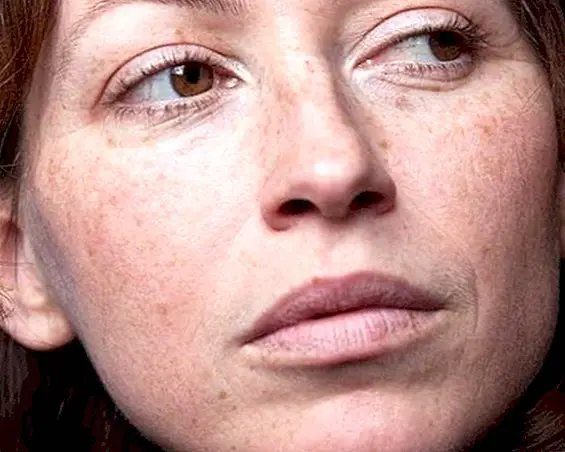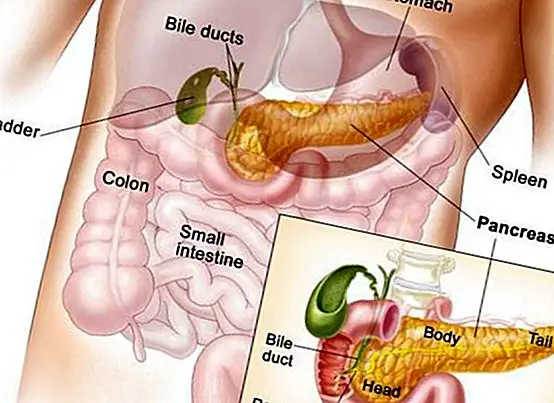Polycystic ovary syndrome: what it is, symptoms, causes and treatment
The polycystic ovary syndrome (SOP) is a hormonal imbalance in women that causes a polifollicular or polycystic ovarian disease.
Women who suffer from this hormonal disorder usually have an incidence between 6 and 7 women out of every 100, although many women do not know that they suffer from it until they have become pregnant or have given birth.

When talking about polycystic ovaries we refer to the presence of cysts in the ovaries of the woman, which in this case are benign and do not entail any danger to health but they do have symptoms caused by the hormones.
Polycystic ovarian syndrome is usually diagnosed in women between 20 and 30 years of age, although it sometimes appears even before the age of 20.
The symptoms of this disease usually appear when the woman's reproductive cycle begins when she is still a girl, with inheritance being an important factor when it comes to inheriting the disease.
A woman must have three criteria to diagnose it specifically with polycystic ovaries which are:
- Anovulation and oligo-ovulation
- Increase in androgenic activity
- Polycystic ovaries reviewed by gynecological ultrasound.
What are the causes of polycystic ovaries?
As we have mentioned before, the polycystic ovaries are consequences of hormonal disorders in which these hormones intervene:
- The female hormones are estrogen and progesterone which are responsible for releasing the ovary from the ovary.
- Androgens are male hormones that are very rare in women.
What happens during the woman's cycle is that the hormones help to release the corresponding ovules in each cycle but in the case of the polycystic ovaries that release does not occur due to the cysts present in the ovaries.

That is, the exact causes of this syndrome are still undetermined because the only thing that is understood is that the imbalance of hormones cause mature ovules but not released from the ovaries but small cysts within them.
The polycystic ovaries They are linked to problems of infertility in women but in other cases many women are diagnosed with PCOS after having children or when they have become pregnant so that conceiving a child is always possible depending on the severity of the problem.
Symptoms of polycystic ovaries
When a woman is diagnosed with PCOS, it is because she has previously presented the most common symptom that is having irregular menstruations, long and in little or much quantity.
Even in some more specific cases, it can present secondary amenorrhea for a long time preventing the conception of a baby because the woman can not be guided by ovulation calendars or any test to achieve pregnancy.

A higher incidence of the disease can cause the virilization of women presenting the following symptoms:
- Decrease in breast size.
- Increased hair on the face, chest, abdomen and back.
- Aggravation of the voice, making it more masculine.
- Weakness of the hair, causing a very rare alopecia.
- Increased acne on the face and chest.
The treatment for women who have polycystic ovary syndrome requires medication and especially in the most severe cases, contraceptive pills are a good option because it helps regulate hormones and prevents menstruation is irregular. This article is published for informational purposes only. It can not and should not replace the consultation with a Physician. We advise you to consult your Trusted Doctor.


